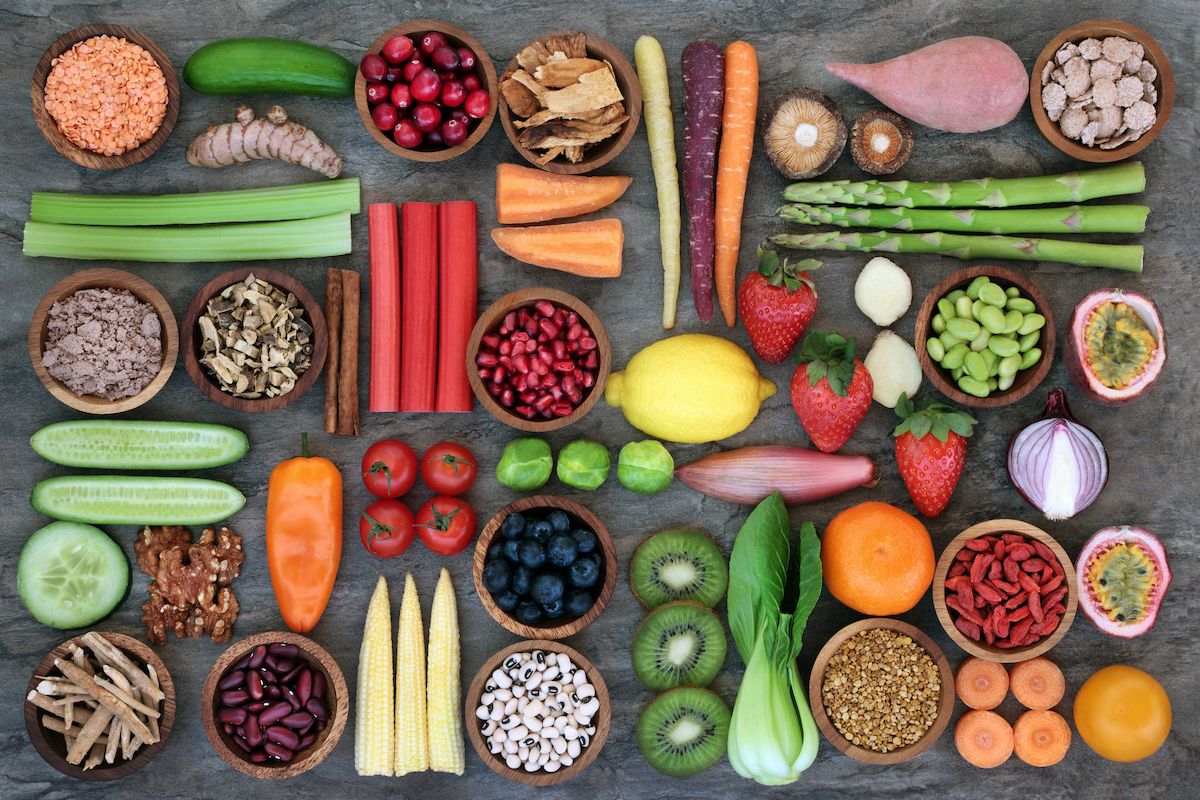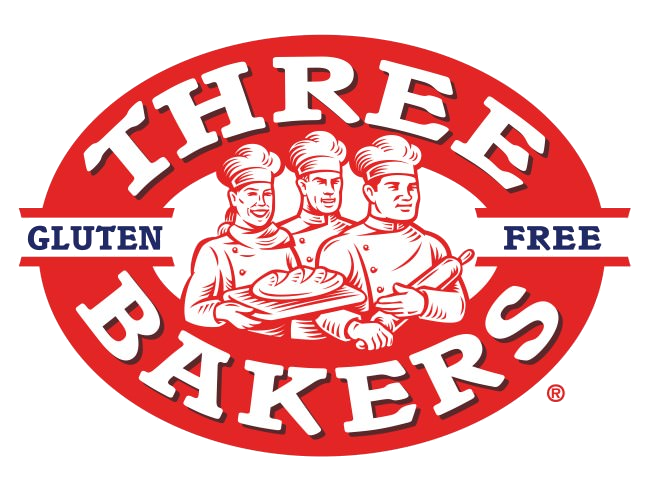- BY Susan Tucker
- POSTED IN Information
- WITH 0 COMMENTS
- PERMALINK
- STANDARD POST TYPE

Planning meals can seem overwhelming for those suffering from celiac disease. Avoiding certain foods and being more aware of “hidden ingredients” can make the whole process much less intimidating. Here’s what you need to know about the celiac disease diet.
What is a Celiac Disease Diet
The Big No-No: Gluten
Gluten, a protein typically found in grains like rye and wheat, should be avoided. Even a small amount of gluten can cause damage to your small intestine. Avoiding gluten gives your body a chance to heal, while also preventing additional damage in the future.
RELATED: Celiac Disease 101
In the past, eating a gluten-free diet could be extremely difficult. Fortunately, gluten-free alternatives now exist for many popular food items like cookies, breads, pasta, crackers, and cereal. Shop for foods with a “gluten-free” label; any food that’s labeled “gluten-free” or similar must conform to the FDA definition of the term. An experienced dietitian can also help you understand which foods are naturally gluten-free, how to plan gluten-free meals, and how to shop for a celiac disease diet.
Naturally Gluten-Free Options
Gluten is not naturally present in a wide range of foods. Meats, dairy, fruits, vegetables, potatoes, nuts, and rice are all naturally gluten-free. However, if you’re eating at a restaurant, make sure you ask how everything is prepared. Potatoes and vegetables don’t contain gluten, for example, but some methods of preparation may introduce it. Ask for gluten-free menu options and plan ahead for eating at restaurants, parties, and other events.
Eating a gluten-free diet is easier than ever, especially if you live in an area with well-stocked grocery stores. A variety of wheat flour alternatives are available, for instance, to help with baking needs. While it may take a little adjustment to get used to using them, alternative flours offer a solid boon to those diagnosed with celiac disease. Some types include:
- Potato flour
- Rice flour
- Buckwheat flour
- Amaranth flour
All of these, and others can be substituted for traditional flour in a variety of recipes. Speak with your doctor or dietitian to find more alternatives and ask any questions you may have.
Shopping for Gluten-Free Items
Not all gluten-free foods are labeled to reflect that fact. Reading the labels on frozen, packaged, and canned foods may lead to some pleasant surprises on the gluten-free front. Keep an eye out for these sources of gluten, though:
- Rye, barley, wheat
- Spelt, dinkel, or faro (farro)
- Malt flavoring
- Bread or stuffing
- Brewer’s Yeast
There are several other hidden sources of gluten, too. Be aware of what to look for, and double-check if you’re not sure.
RELATED: Celiac Diet Recipes To Try
Benefits of Eating Gluten-Free?


